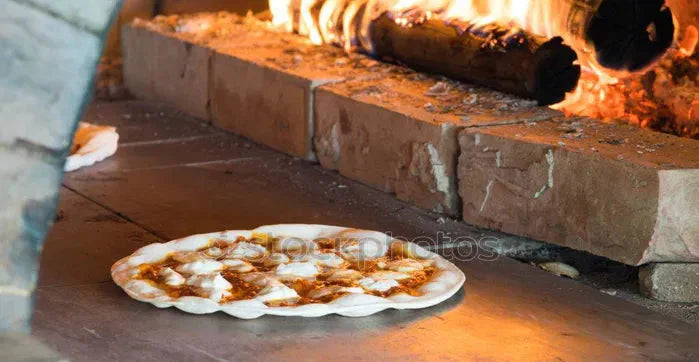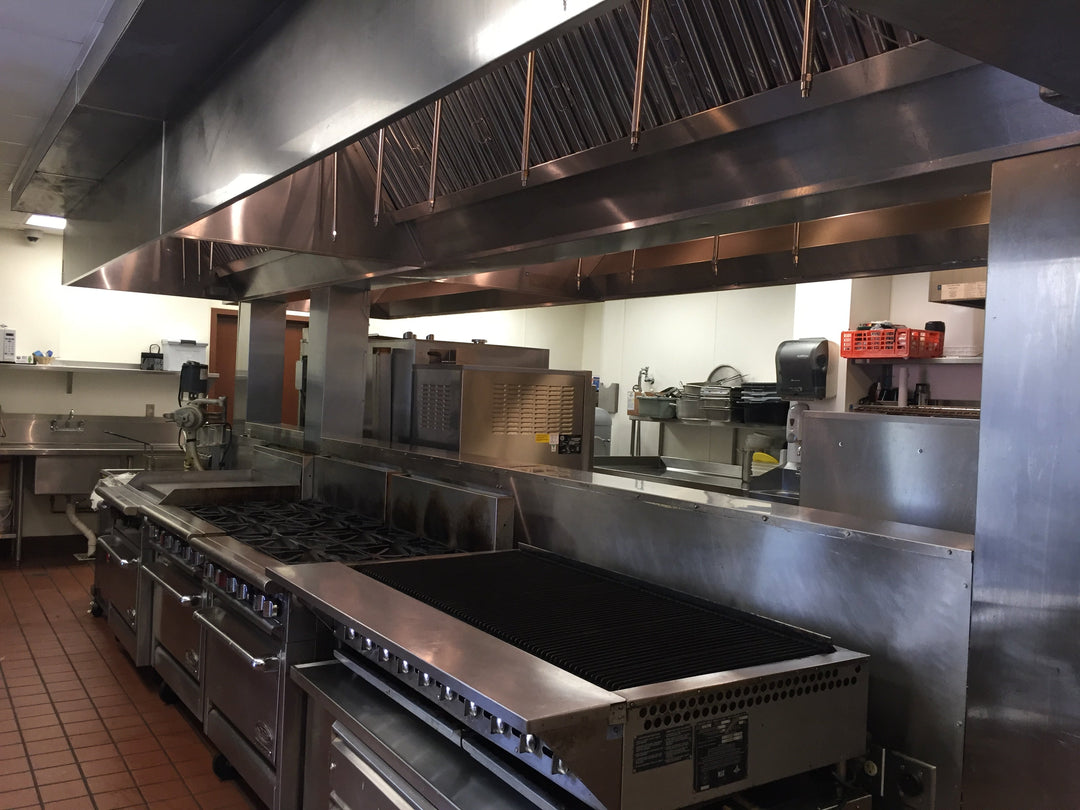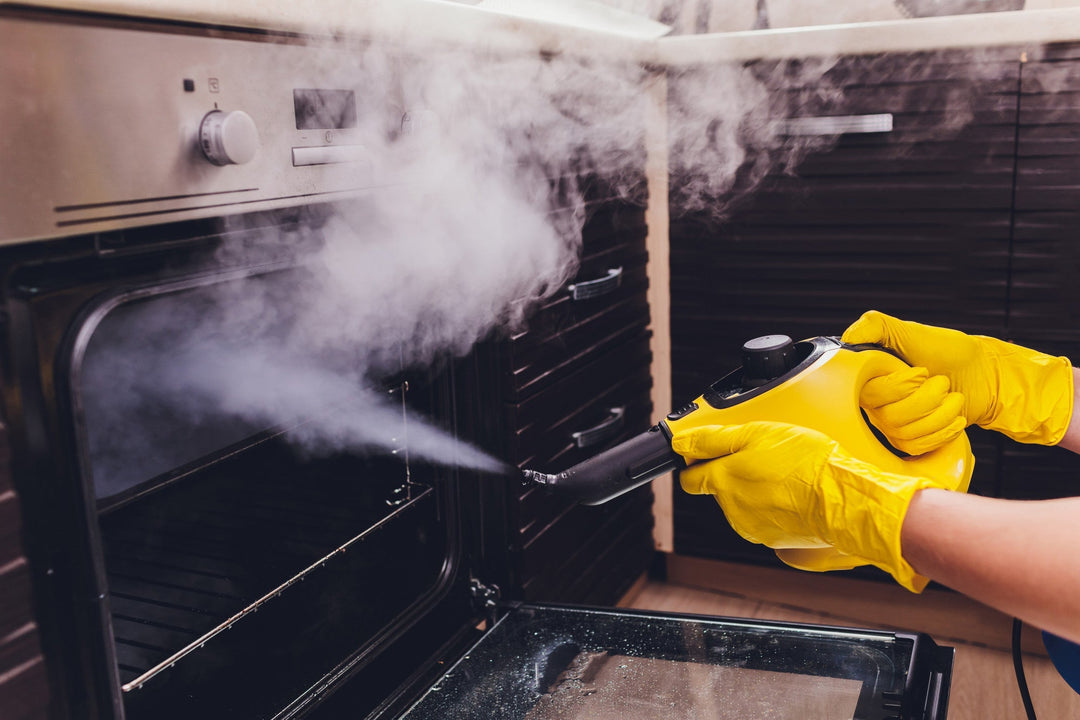Online Conveyor Belt Pizza Oven Cleaning Essentials

Maintaining a clean and hygienic commercial kitchen is essential for any restaurant or food service establishment. At the heart of many pizza restaurants lies the conveyor belt pizza oven—a crucial piece of equipment that requires regular cleaning and maintenance to ensure optimal performance and compliance with food safety regulations.
Neglecting to properly clean and maintain your conveyor belt pizza oven can lead to a host of issues, from decreased efficiency and uneven cooking to potential health hazards and violations of food safety standards. Understanding the importance of conveyor belt pizza oven cleaning and implementing effective cleaning procedures is crucial for the success and reputation of your business.
In this comprehensive guide, we will delve into the world of conveyor belt pizza oven cleaning, exploring its significance in maintaining food safety compliance and providing step-by-step instructions for keeping your oven in top condition. Whether you are a restaurant owner, manager, or cleaning professional, this article will equip you with the knowledge and best practices needed to ensure a clean, efficient, and compliant pizza oven.
What is Conveyor Belt Pizza Oven Cleaning?
Conveyor belt pizza oven cleaning is a systematic process designed to maintain hygiene and efficiency in commercial kitchens. This process involves removing grease, food particles, and residues that can accumulate over time, leading to contamination and affecting the oven's performance.
Regular cleaning of conveyor belt pizza ovens is crucial for several reasons:
-
Food Safety Compliance: Adhering to strict food safety regulations is mandatory for any food service establishment. Regularly cleaning your pizza oven helps prevent the growth of harmful bacteria and ensures that your kitchen meets the required hygiene standards set by local health authorities.
-
Optimal Oven Performance: A clean conveyor belt pizza oven operates more efficiently, ensuring even heat distribution and consistent cooking results. Grease and debris buildup can lead to uneven cooking, longer baking times, and potential damage to the oven's components.
-
Extended Equipment Lifespan: Investing in regular cleaning and maintenance helps prolong the life of your conveyor belt pizza oven. By removing corrosive substances and preventing wear and tear, you can avoid costly repairs and replacements down the line.
Conveyor belt pizza oven cleaning is not a one-size-fits-all process; it requires an understanding of the specific needs and procedures for your particular oven model. Factors such as the oven's size, frequency of use, and type of pizza produced all play a role in determining the most effective cleaning approach.

How to Clean Conveyor Belt Pizza Ovens
To keep a conveyor belt pizza oven in peak condition, it's essential to understand its unique maintenance requirements. In commercial environments, implementing a systematic cleaning routine is key.
Step 1: Gather Necessary Cleaning Tools
Preparation is key when cleaning conveyor belt pizza ovens. Begin by assembling the appropriate tools and supplies to ensure an efficient and comprehensive cleaning process. Proper preparation minimizes equipment damage risk and ensures adherence to food safety standards, facilitating a smoother workflow in your kitchen. You can find a variety of cleaning tools and supplies from Lowe's to assist with this process.
Collect a range of cleaning tools designed specifically for the demands of a commercial kitchen, such as those covered in our kitchen appliance steam cleaning course. Additional cleaning agents and tools may be necessary to address specific tasks within the oven, which can be sourced from a detailed catalog of cleaning tools and products.
Step 2: Conduct a Pre-Cleaning Inspection
Before proceeding with the cleaning process, it’s essential to conduct a comprehensive pre-cleaning inspection. This step ensures that the oven is in optimal condition and ready for maintenance. Identifying potential issues early prevents small problems from becoming costly repairs and ensures that cleaning efforts are effective, as emphasized in our kitchen exhaust hood cleaning course.
Step 3: Remove and Clean Oven Components
Begin by carefully detaching all removable elements of the oven, such as the conveyor belt, trays, and any other detachable parts. This allows for a focused cleaning process that can address build-up in typically inaccessible areas. Ensure to handle these components gently to avoid any potential damage during the disassembly.
Once disassembled, clean each component thoroughly. Use a brush appropriate for the material to scrub away accumulated grease and food particles. For the conveyor belt, choose a brush with softer bristles to prevent any surface damage while ensuring a deep clean. Immerse trays and similar parts in a solution of hot water and a suitable degreaser to dissolve stubborn residues, facilitating easier removal during scrubbing.
Step 4: Clean the Interior and Exterior Surfaces
Address the interior of the conveyor belt pizza oven with precision, focusing on the removal of grease and residue that could affect performance. Begin by applying an appropriate food-safe cleaner to the interior surfaces, targeting those areas where grime accumulates most, such as corners and seams. Use a brush with firm bristles to scrub thoroughly, ensuring that no residue remains that might impact the oven’s functionality or safety standards.
Transition to the exterior surfaces, where maintaining the oven's appearance is just as important as its functionality. Employ a microfiber cloth to effectively lift away grease and fingerprints, choosing a gentle, non-abrasive cleaner to protect the surface finish. This process not only enhances the oven's cleanliness but also upholds the professional standards of your kitchen environment.
Step 5: Reassemble and Test the Oven
After ensuring all components are thoroughly dry, begin the reassembly of the conveyor belt pizza oven with precision. Carefully align each piece, starting with the trays and conveyor belt, ensuring they fit securely and operate smoothly. This meticulous approach prevents potential mechanical issues and ensures seamless operation once the oven is back in use.
Monitor how well it maintains the set temperature and listen for any irregular noises that may indicate a mechanical problem, as detailed in our exhaust hood cleaning coaching course.

Step 6: Schedule Regular Maintenance
Consistent maintenance routines are vital for preserving the functionality and safety of your conveyor belt pizza oven. Establishing a detailed plan helps manage the buildup of residues, ensuring operational efficiency and adherence to health standards. A strategic approach to maintenance minimizes the risk of unexpected breakdowns and prolongs the service life of your equipment.
Enhance your team's expertise by considering specialized training and certification opportunities, such as our janitorial restaurant cleaning course. By investing in education, you not only protect your equipment but also cultivate a culture of diligence and excellence within your establishment, including skills like bidding for public school hood cleaning jobs.
Maintaining a conveyor belt pizza oven in pristine condition is crucial for sustaining operational excellence in commercial kitchens. Through disciplined cleaning practices, kitchens can avoid disruptions and uphold the quality of their culinary offerings. By effectively managing cleanliness, establishments not only ensure a safe environment but also preserve the integrity of the food they serve.






